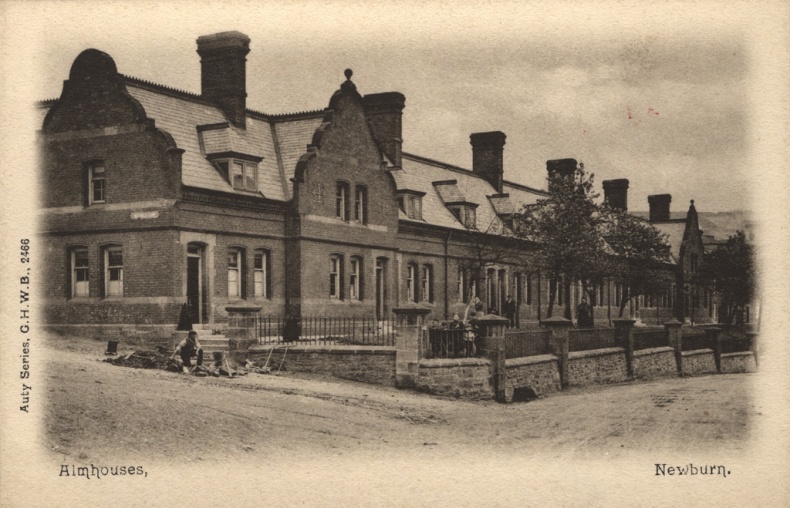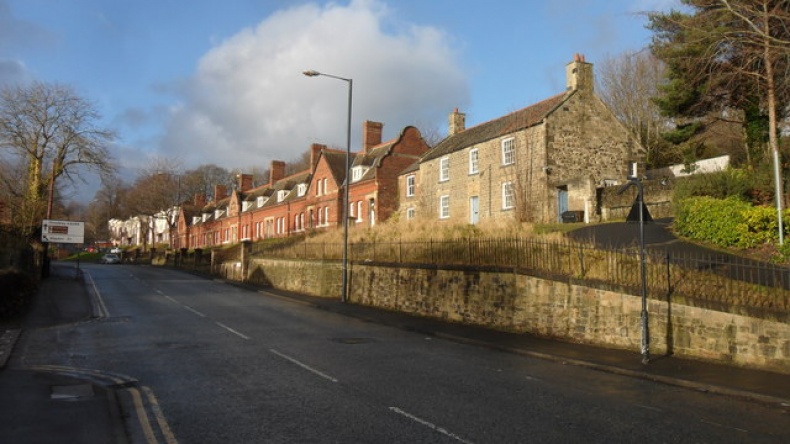

Taylor, Hugh
1789-1868
Land Agent
Hugh Taylor was the fourth son of Thomas Taylor (d.1810) who was a land agent to Hugh Percy, 2nd Duke of Northumberland (1742-1817), a farmer and a coal merchant. All three sons became prominent in the coal industry in their own right as mine owners and engineers. Thomas Taylor died when Hugh was 21. Upon his father’s death, he succeeded his father as land agent to the Duke.
In 1847, he convinced the 4th Duke of Northumberland, Algernon Percy (1792-1865), to abolish the existing tripartite system of commissioning and give him sole control of the Northumberland estates. Hugh’s personal income from his role as Chief Commissioner was large enough that in his will he left provision for the establishment of twelve almshouses in Newburn where he had been born. The almshouses were built at a cost of £3,000 and provided weekly incomes of seven shillings to unmarried and 10 shillings to married couples. Six beneficiaries were to come from Newburn, 3 from Shilbottle and 3 from Earsdon.
Hugh left £1,600 to the people of Earsdon where he had built his home. One third was given to the elderly, two thirds, however, went to Earsdon Parochial School.
Aside from his personal philanthropy, Hugh was responsible as agent for the administration of the Duke’s philanthropy. In this role, he helped in funding schools and churches across Northumberland. He provided assistance to the Duke's tenant farmers, helped establish a network of lifeboat stations along the hazardous Northumberland coastline, and provided rudimentary weather equipment to fishing villages to help them detect incoming storms.
References
Kelly's Directory of Northumberland. (1890). London, Kelly’s Trade Directories, pp. 825.
Thompson, F.M.L. (2004). Taylor, Hugh. Available here (Accessed: 27/06/2018).